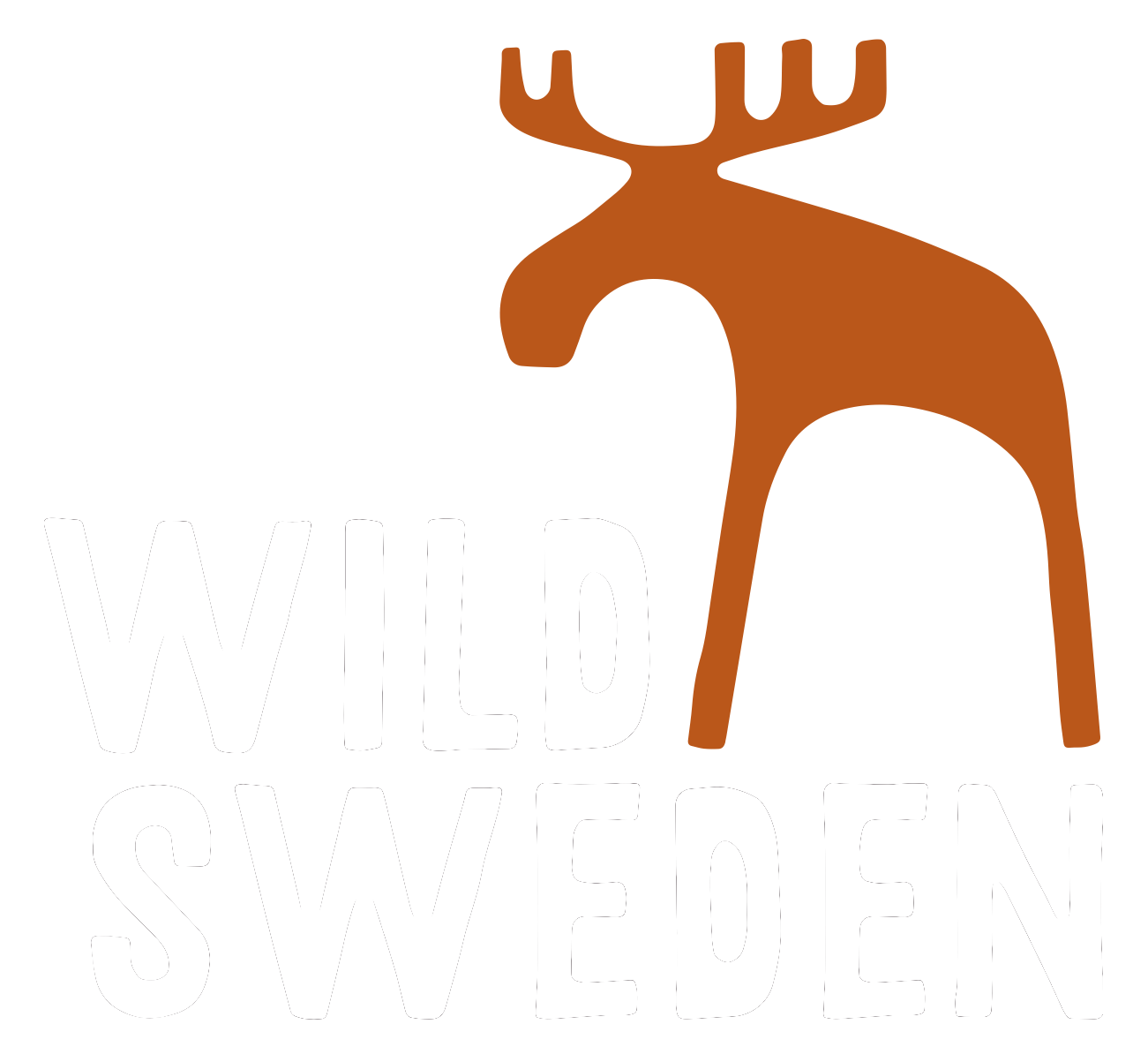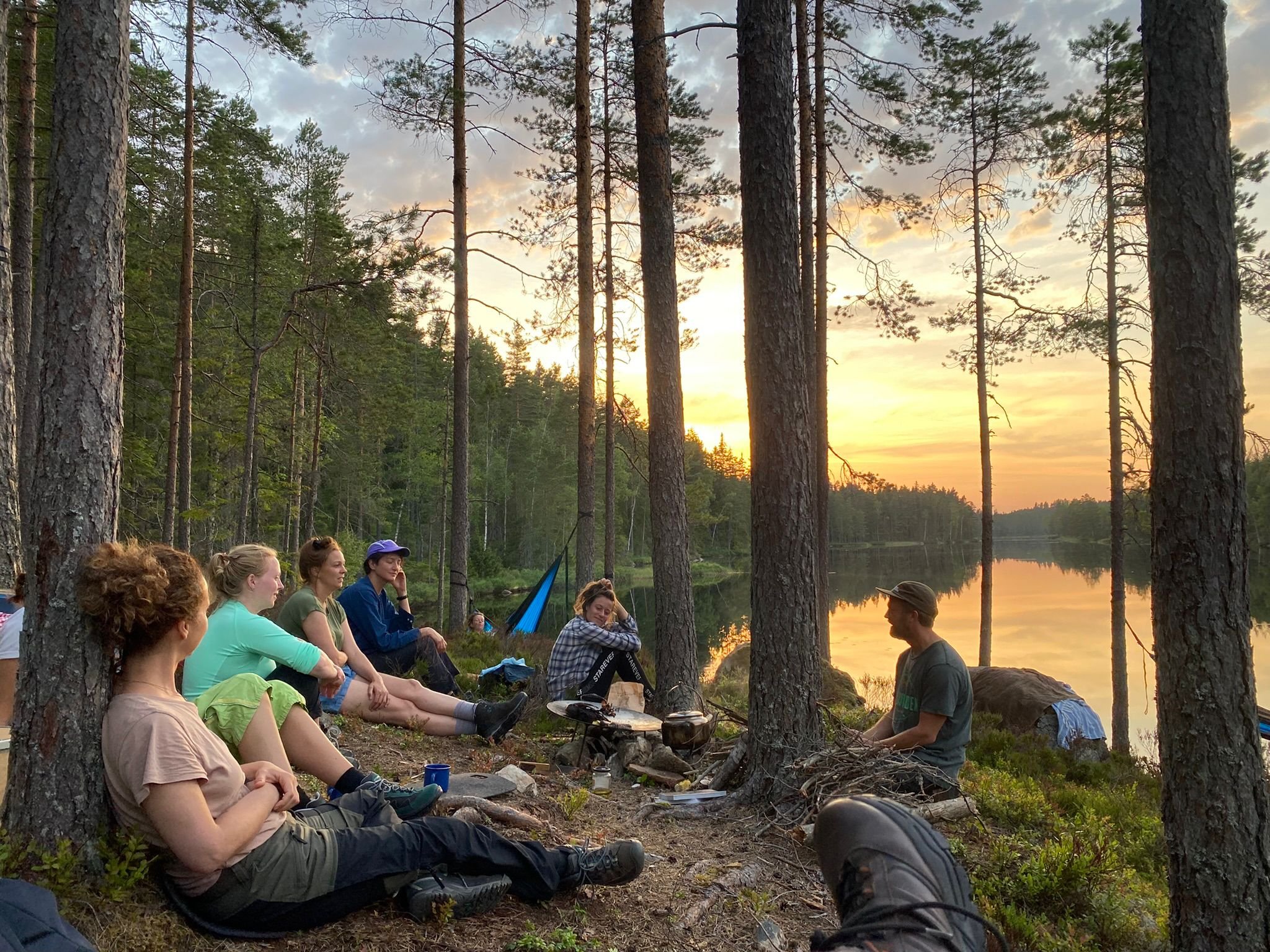The True Story of Kolarbyn Ecolodge
The story goes that Kolarbyn has been a site for charcoal burning for hundreds of years. Remains of ovens from old forest huts and rusty tools is a proof of this.
In 1996 some retired forest workers from the nearby village went through with their idea to build twelve forest huts so that people would be able come and learn the art of charcoaling.
But it was not until 2004 when Kolarbyn Ecolodge opened as Sweden's most primitive hotel that people really began to arrive. From all over the World.
Sven Råberg (1913 - 2006), a charcoal worker in Skinnskatteberg. He took the initiative to build Kolarbyn Ecolodge in 1997. The picture above is taken somewhere else.
Berndt-Olof Johansson, retired forest worker. He was part of a team who constructed the forest huts at Kolarbyn. He was also in charge for the charcoaling here until 2015.
Swedish steel was exported across the world
Charcoal was used in the process of producing iron and steel, which was an important industry in Sweden during a long period. Swedish quality steel was exported all across the World which laid the foundation to Sweden's modern economy.
Until the 1950’s when charcoal burning was replaced by more modern methods, tens of thousands of workers were sent out in the forest to log trees and to produce charcoal.
Workers constructed rustic insulated huts to stay warm during Winters. These huts were typically constructed by thin poles and covered by soil. They had a fire heated stove at one end and two or more berths where they could lay down and get some well deserved rest in-between their long working hours.
At the site where Kolarbyn is located there has been several generations of huts throughout the centuries. No one knows how many and for how long, but the site is ideal since it has access to water and a fresh water Spring.
Nowadays the charcoal is used for barbecues, the best you can find.
Charcoal production at Kolarbyn Ecolodge led by Berndt-Olof Johansson, our master. Charcoaling truly is an art and we are grateful that Berndt-Olof is passing on his skills to a younger generation.
1996: Forest huts constructed
Kolarbyn Ecolodge, as we see it today, was reestablished during the winter of 1996 as enthusiastic villagers from Skinnskatteberg decided to build a collection of traditional forest huts by the shore of lake Skärsjön.
One hut was already there, and there were remains of some older ones.
Their idea was to create a place for people interested in charcoal burning to practice their techniques in the way it had been practiced in the region for centuries. The forest huts and the charcoal burning site enabled practical knowledge as well as it’s belonging cultural traditions and folklore to be passed on to future generations.
Marcus Eldh opened Kolarbyn Ecolodge to a wider public in cooperation with the Swedish Tourist Association in 2004. Since then thousands of visitors from all over the World has stayed here.
2004: Magic happened - Kolarbyn open for public
In the summer of 2004 the daily operation of Kolarbyn was passed on to Marcus Eldh who soon launched Kolarbyn as an ecolodge open for bookings from the public. Marcus established a cooperation with the Swedish Tourist Association (STF) as a way to reach out to nature lovers in Sweden as well as abroad.
Since then Kolarbyn Ecolodge has seen thousands of visitors from all over the world. Guests have arrived from over 75 countries such as Uganda, Hong Kong, New Zealand, Uruguay and even North Korea and Burma, although most visitors are Swedish or from nearby European countries.
The ecolodge has rapidly gained a reputation abroad, included in several books, featured in travel magazines and newspapers worldwide and seen by millions of people on TV in various countries.
During 2010 Kolarbyn Ecolodge was passed on to Andreas Ahlsén and in 2016 passed on to Malin Bruce.






